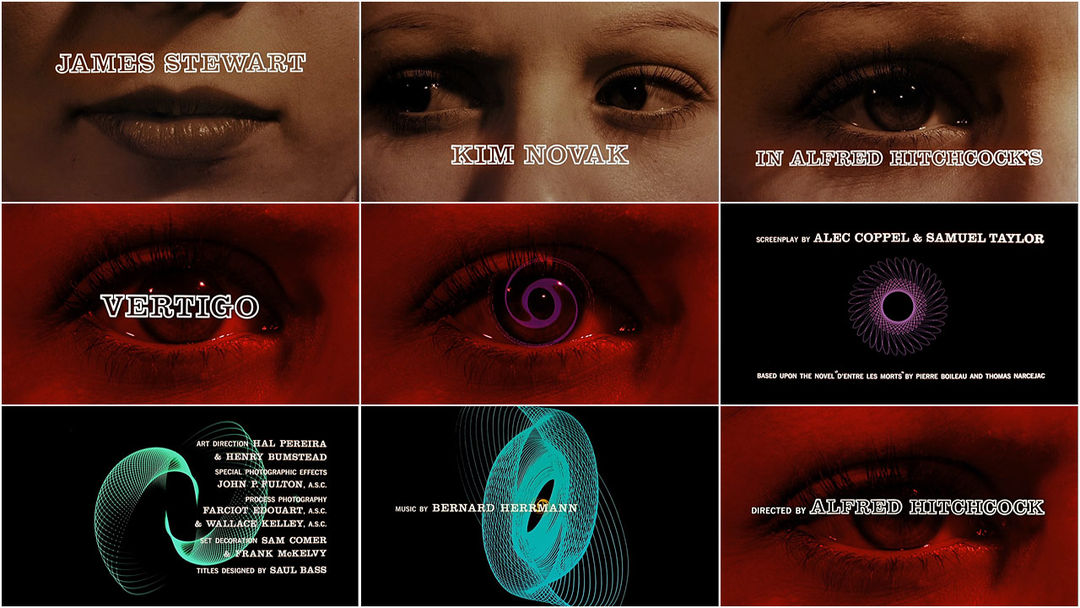The 2002 film Catch me if you can Dir.(Steven Spielberg) This title sequence was inspired by Saul Bass who uses geometric shapes to create narrative.
This animated title sequence establishes the main character, narrative and a brief understanding of the setting. The title sequence uses a creative way to connect the the typography and animation together as one. Throughout the sequence we see a man who seems like hes trying to hide from someone or something which gives a small hint on the plot of the film. The character acts slyly and smooth whenever he changes locations and disguise, the character always seems to look back for a few seconds till hes on the move again we see him getting chased by someone . The music changes to a faster pace and more dramatic when getting chased which builds suspense and links to the film title 'Catch me if you can' .


